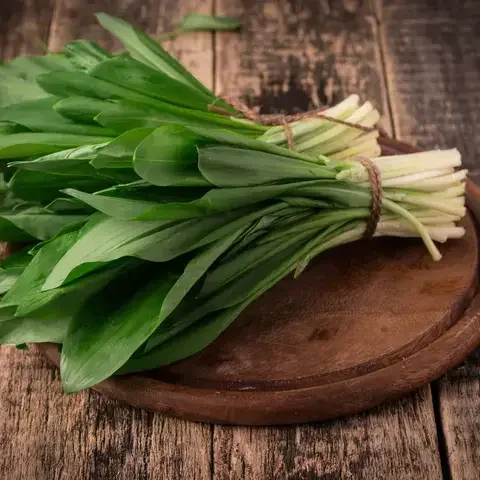What is malanga?
Malanga, easily confused with yam or taro root, might not be the most dynamic looking of root vegetables, but what it lacks in aesthetic appeal it makes up for in utility and versatility.
If you've never explored how to cook malanga, it makes for a great potato substitute, whilst boasting higher fibre and more nutrients. What's more, with its starchy flesh and unique nutty flavour malanga expresses itself equally well in any number of dishes.
The nutritional benefits of malanga
Malanga has far more nutrients than potatoes. It is low in fat, high in fibre and low on the GI index. Malanga is also packed with B vitamins to help boost energy levels and immune function and is a good source of complex carbohydrates.
What does malanga taste like?
Malanga has an earthy taste and a texture similar to potatoes. Its flavour is nutty, meaning it lends itself well to the addition of other rich flavours, such as garlic, butter or cheese.
How to Cook Malanga
Malanga can only be eaten cooked but are fortunately very simple to prepare. Start by cleaning the root with a brush under running water, trim the ends and remove the skin. Rinse each piece after peeling and cover in cold water.
When it comes to cooking them try them boiled, mashed or deep fried into chips. As the flesh tends to disintegrate when boiled malanga also makes a great thickener in soups and broths.
Malanga are also commonly found in Cuban and Puerto Rican dishes such as sancocho, mondongo, pasteles and alcapurrias.
Malanga root can also be made into powder or flour, which comes in handy for those with wheat intolerances.














